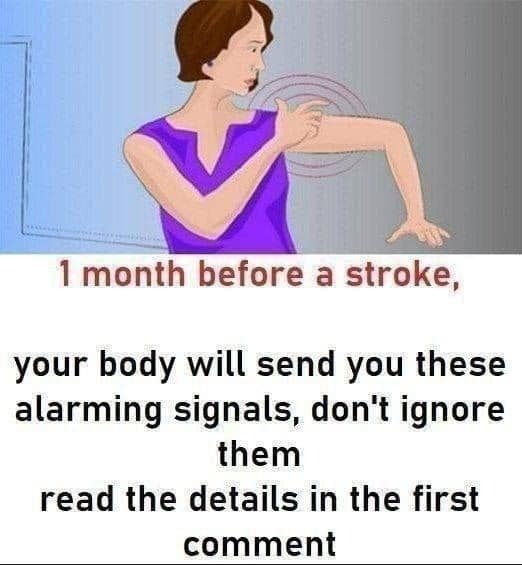Strokes are life-threatening and can strike unexpectedly.
Symptoms may appear as early as a month before, including weakness or numbness on one side of the body, sudden vision loss, intense headaches, or dizziness.
Transient ischemic attacks (TIAs), often called “mini-strokes,” can mimic stroke symptoms briefly.
Difficulty with speech or coordination and unexplained shortness of breath are also red flags.
Stay vigilant and consult a doctor immediately if you notice these signs to prevent severe consequences.
Stroke symptoms can sometimes present subtle warning signs weeks before the actual event. One key indicator is transient ischemic attacks (TIAs), often called “mini-strokes.” These involve temporary symptoms such as sudden confusion, weakness in the arms or legs, blurred vision, or difficulty speaking, lasting minutes to hours and resolving on their own.
Other early signs may include severe headaches without a clear cause, dizziness, or unusual fatigue. Studies suggest that recognizing these early warnings and seeking immediate medical attention could prevent a full-blown stroke. Lifestyle changes and timely medical intervention, such as managing blood pressure and cholesterol, are crucial in mitigating stroke risk.
Early awareness can save lives—don’t ignore the signs!
